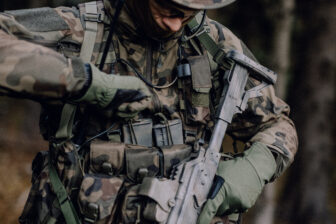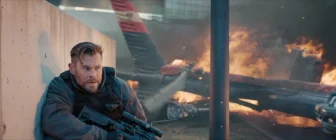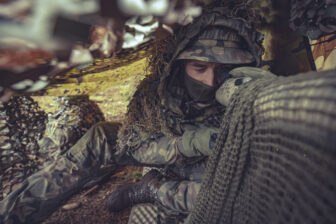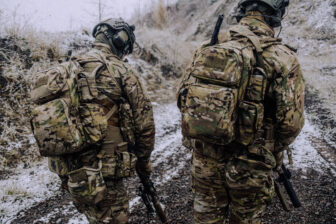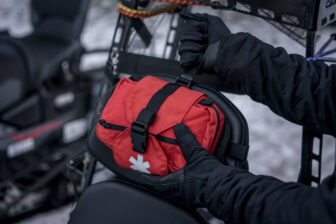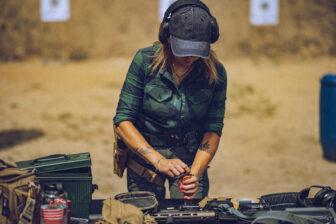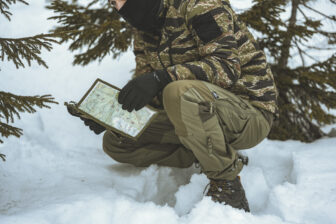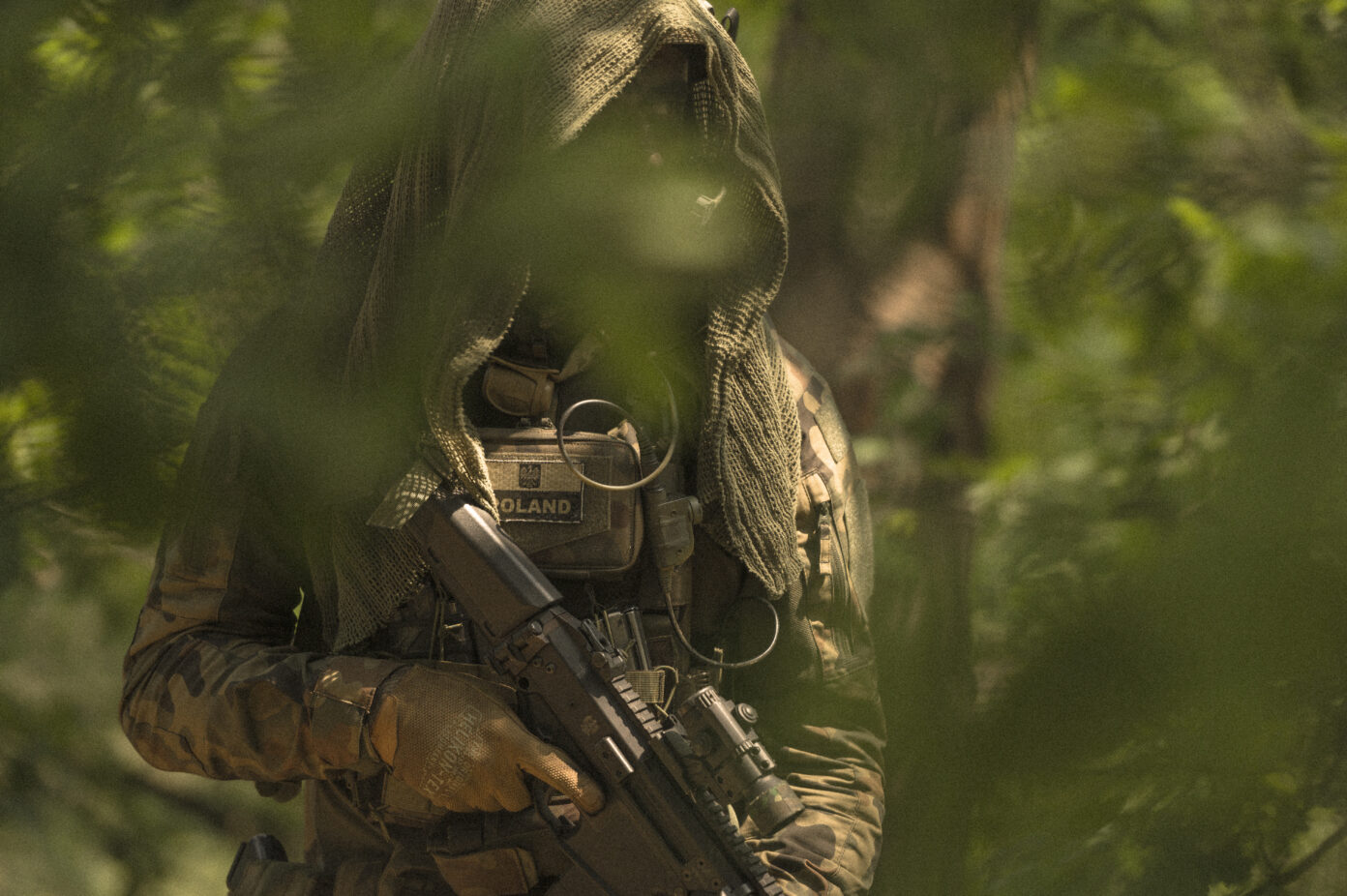
Why do we love camouflage? A review of iconic camo patterns
Bright clothes, shiny embellishments, and many accessories – that’s how a proud and brave soldier should look on the battlefield, right? We know that’s nonsense today, but it wasn’t always the case. Camouflage only became necessary when it became clear that the less noticeable soldiers are, the longer they survive. The idea of camouflage was borrowed from the animal kingdom, and the creation of new uniform patterns involved scientists, photographers, and even painters.
Table of Contents
Crouching Tiger Stripe, hidden PenCott
Do you like camouflage? Show us what you wear, and we’ll tell you who you are! You shouldn’t take this challenge literally, but it has a grain of truth. The camouflage you wear can indicate what type of tactical operations you participate in or even reveal your historical preferences. And if you simply choose a camouflage pattern that appeals to you visually, you might soon discover its unique origins.
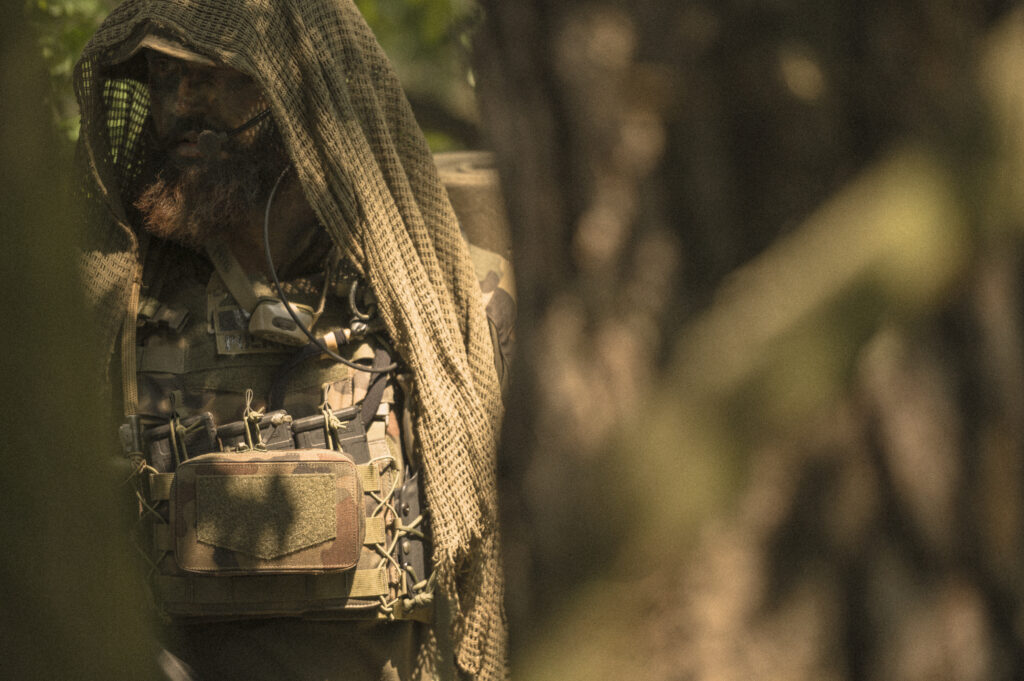
Flecktarn
This German camouflage was designed by the Marquand & Shultz company. Its name comes from two words: Fleck (German for “spot/dot”) and Tarnung (German for “camouflage”). In 1976, Germany began work on a new camouflage pattern for the first time since the end of World War II, intended to replace the Bundeswehr’s plain uniforms. Although the design was ready, the army only officially adopted it after German reunification in 1990.
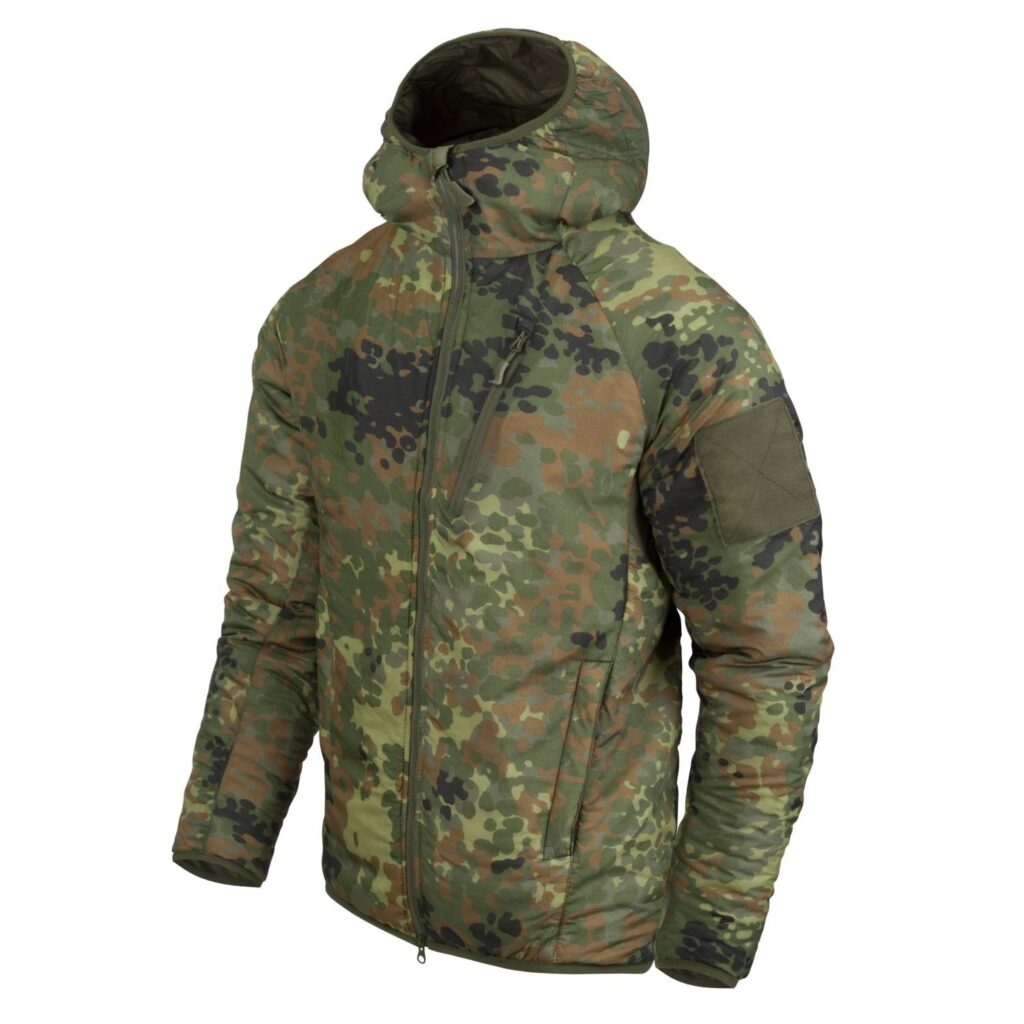
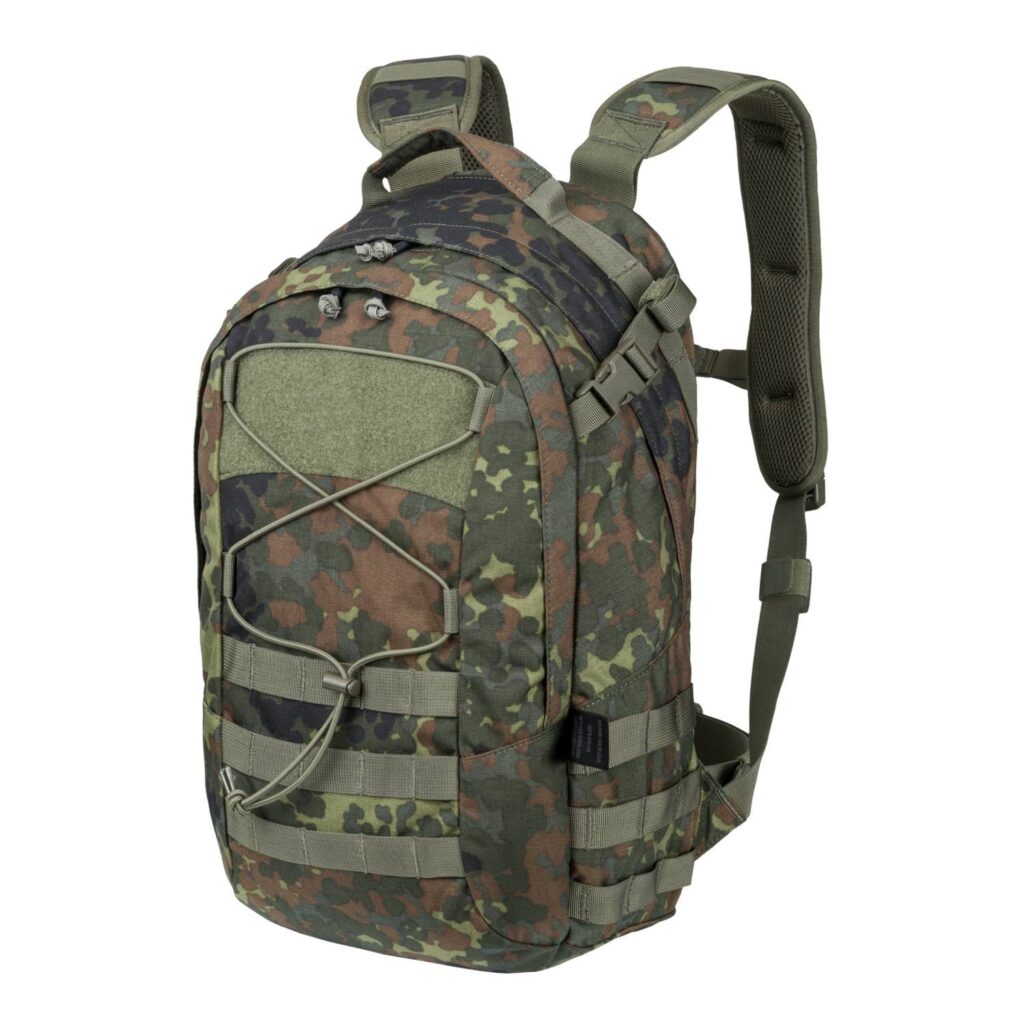
Interesting fact:
The first and most popular variation of the Flecktarn camouflage is Tropentarn, designed for desert environments. It was used in the 1990s during operations in Somalia and later in Afghanistan.
Woodland M81
In the 1960s, the U.S. Army tested experimental versions of the ERDL camouflage, which was created in 1948 and has been used since 1967. The test versions differed in scale, with ERDL patterns enlarged by 40% and 400%, effectively becoming different camouflages. They aimed to determine which would be most effective at various distances, and the initial result of these enlargement efforts was the ERDF camouflage. However, the best results were achieved with a pattern enlarged by 60% compared to the original – introduced to the U.S. Army in 1981, the Woodland M81 quickly became the most recognizable camouflage in the world.
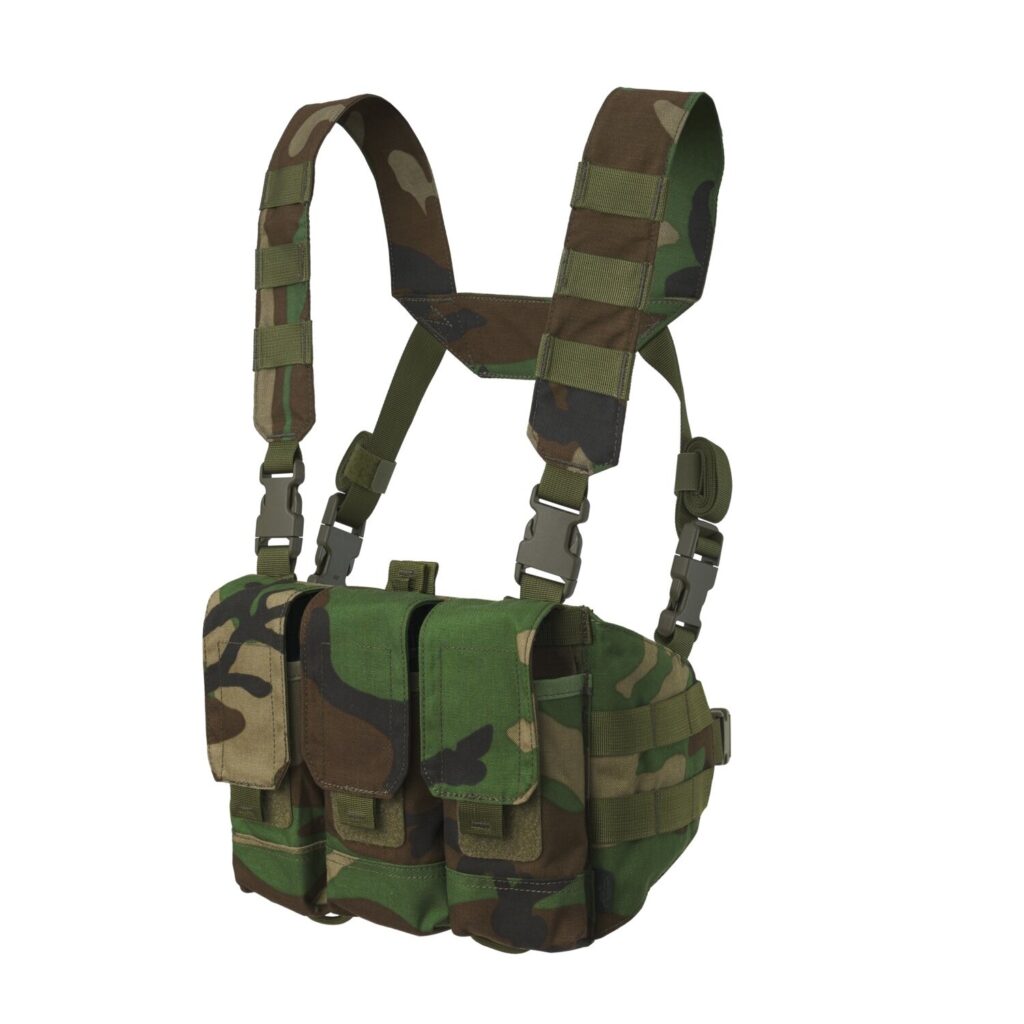
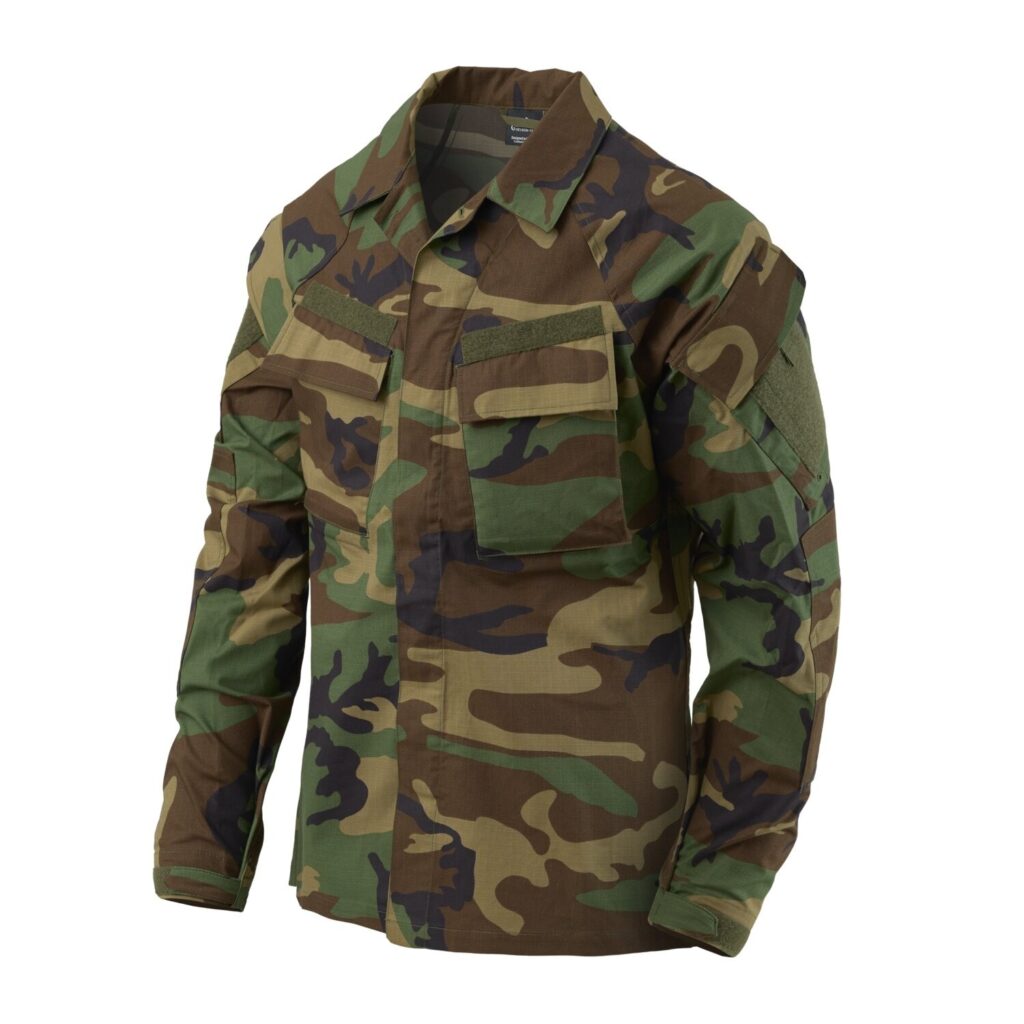
Multicam
In 2002, the American company Crye Precision designed the MultiCam camouflage at the military’s request. It was considered for a contract to become a universal pattern, but the U.S. Army chose another camouflage instead. MultiCam was revisited in 2010 when it was contracted for military use during operations in Afghanistan. It is one of the most popular camouflage patterns, inspiring many others, such as the Polish Suez camouflage.
Camouflage – interesting fact:
MultiCam eventually entered the commercial market, and Crye Precision released new color variants. Currently, there are five: MultiCam™ (universal), MultiCam Arid™ (desert), MultiCam Alpine™ (snow), MultiCam Black™ (urban), and MultiCam Tropic™ (tropical).
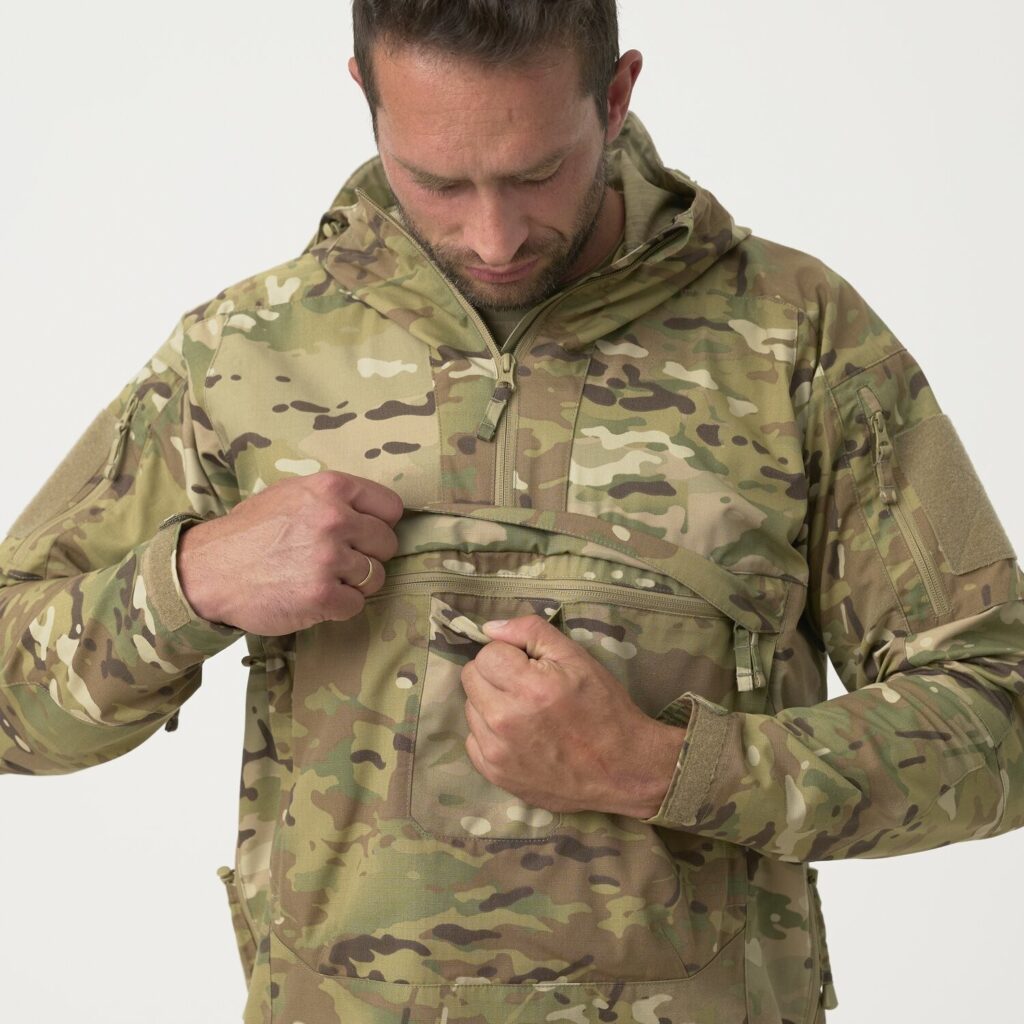
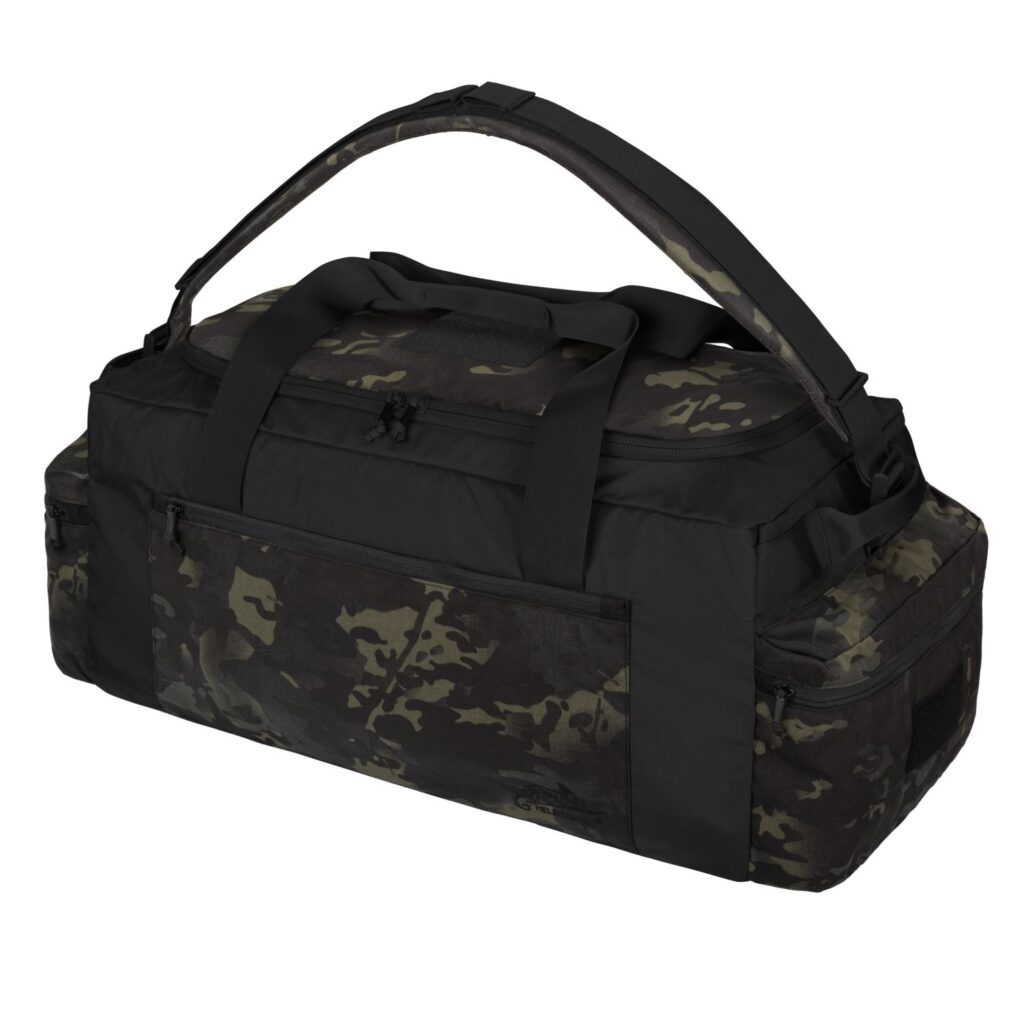
PenCott
British camouflage designed by Dom Hyde. Its name was created by combining two surnames: Penrose and Cott. Although they had different interests, they were united by the idea. Sir Roland Penrose was a British artist who taught the art of camouflage at the Eastern Command Camouflage School in Norwich during World War II. He was also involved in the design of new camouflage patterns at the Camouflage Development and Training Centre with Hugh B. Cott, a British zoologist and specialist in animal adaptability. Inspired by the work of these two pioneers, the PenCott family is now among the most popular camouflage patterns in the world.
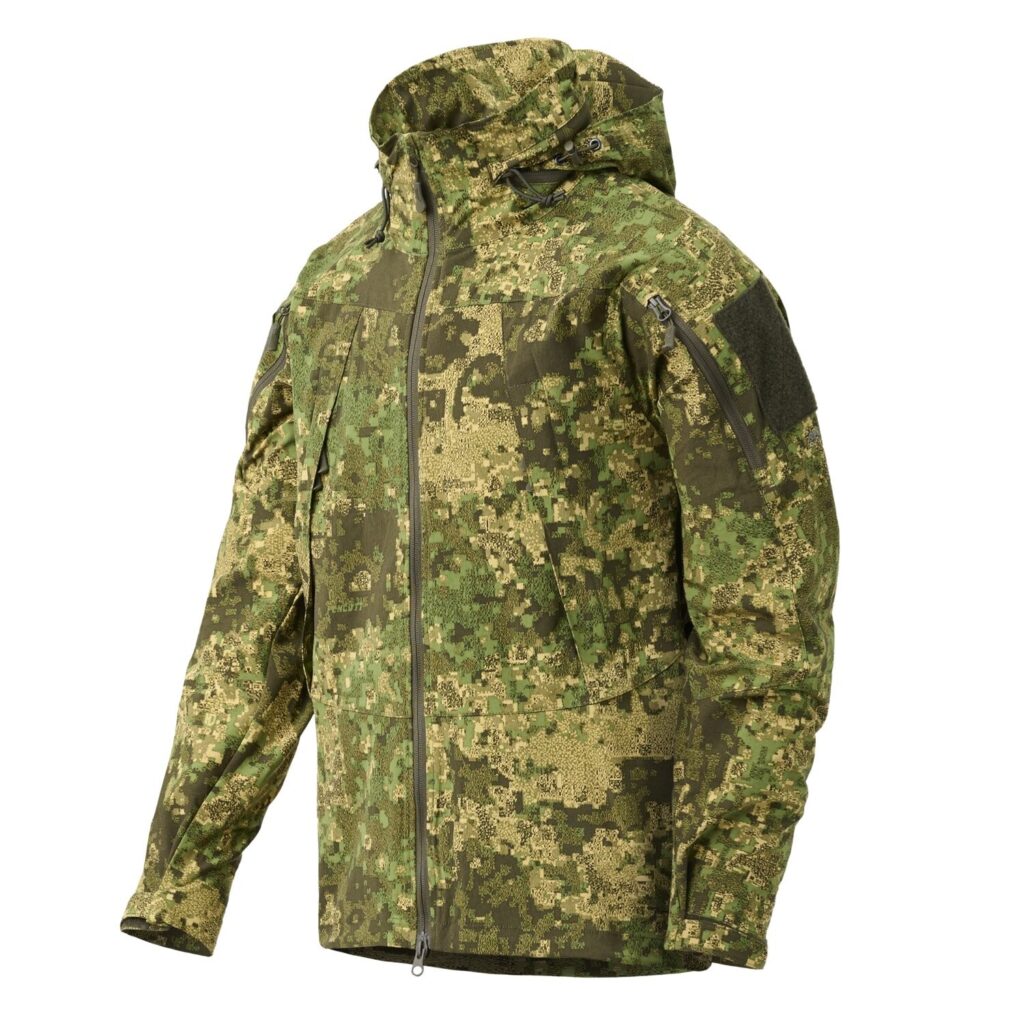
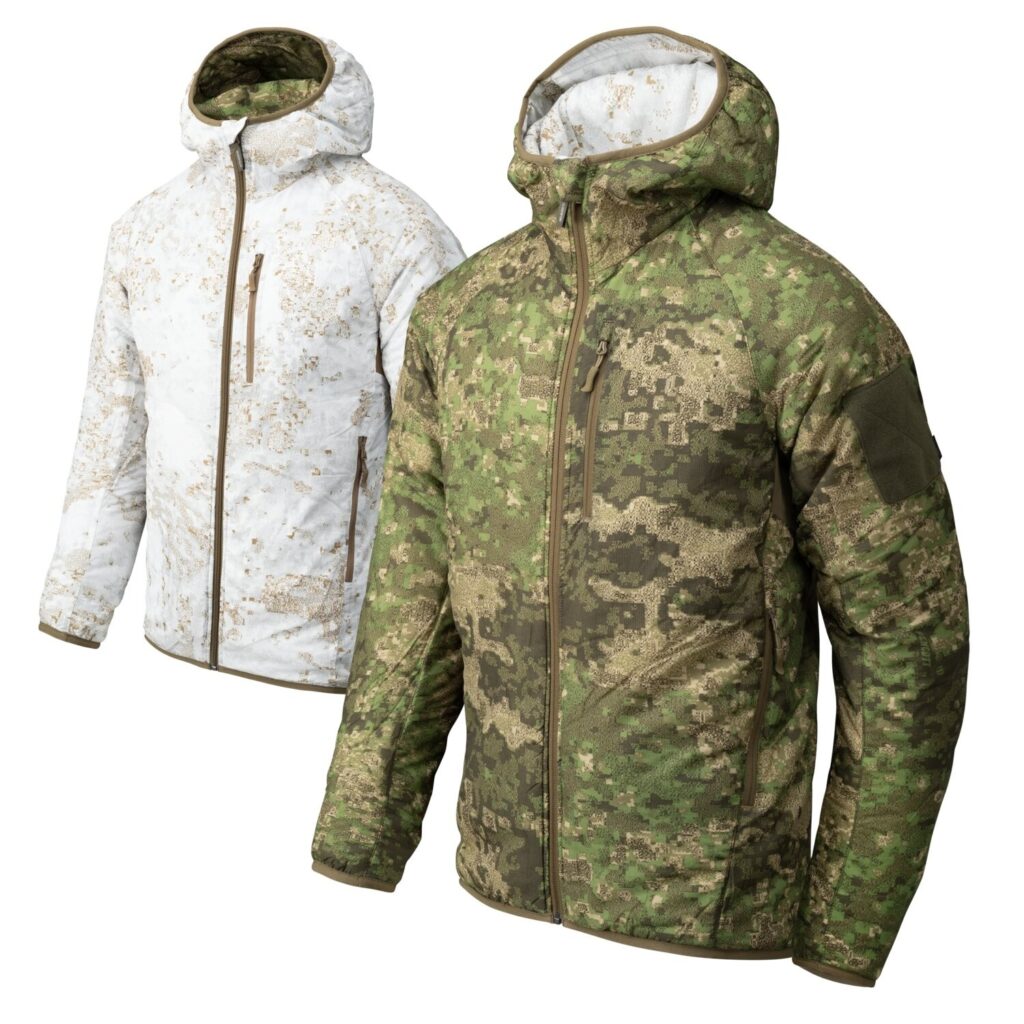
Kryptek
In 2010, Josh Cleghorn and Butch Whiting founded Kryptek Outdoor Group. They served together in Iraq and Afghanistan, discovered shared interests, and started a business after leaving the military. The name Kryptek is a combination of the Greek words “kryptos” (hidden) and “technos” (technology). The pattern in all Kryptek camouflages resembles a digitally distorted honeycomb shape inspired by military netting.
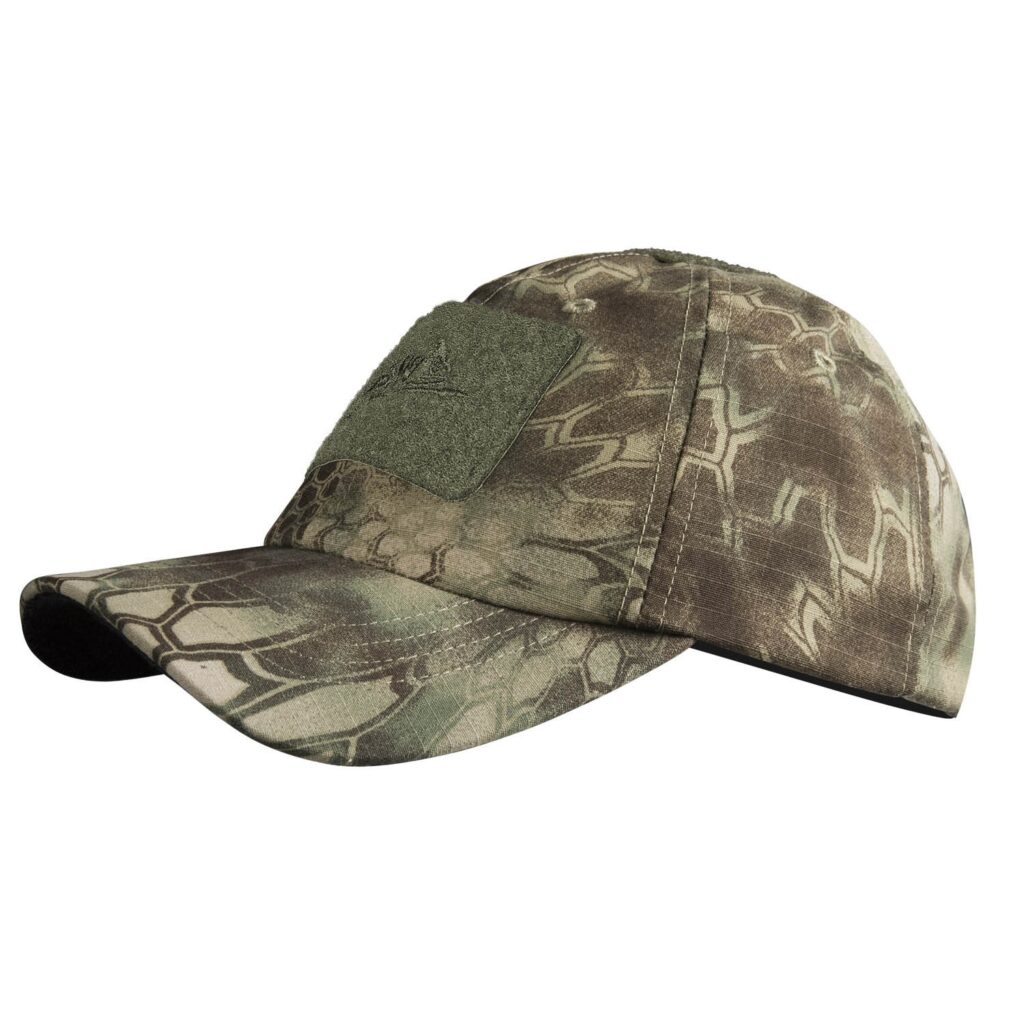
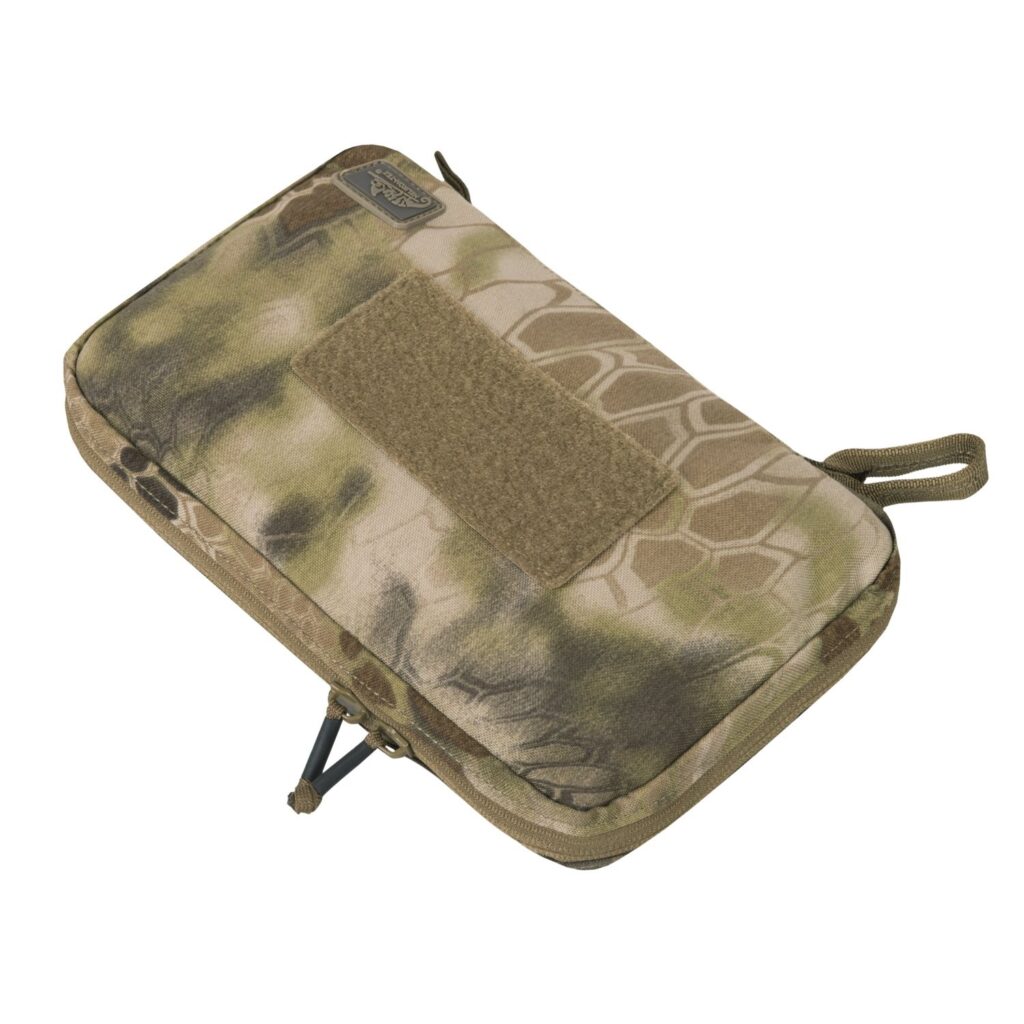
Rhodesian Brushstroke
The name of this camouflage combines the place where it was created and initially used – Rhodesia (now Zimbabwe) – and its pattern, which resembles a brushstroke. The Rhodesian camouflage was designed to break up a soldier’s silhouette during bush warfare and was used on a larger scale during the Rhodesian Bush War (1964-1979). Today, Rhodesian Brushstroke is considered a cult camouflage and a treasure for military enthusiasts.
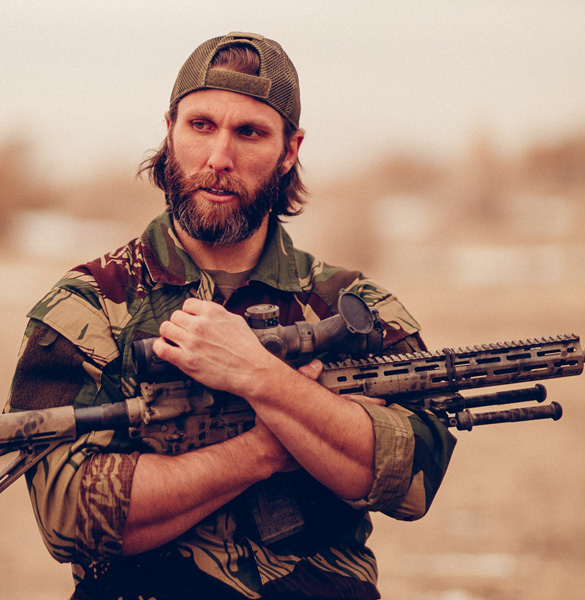
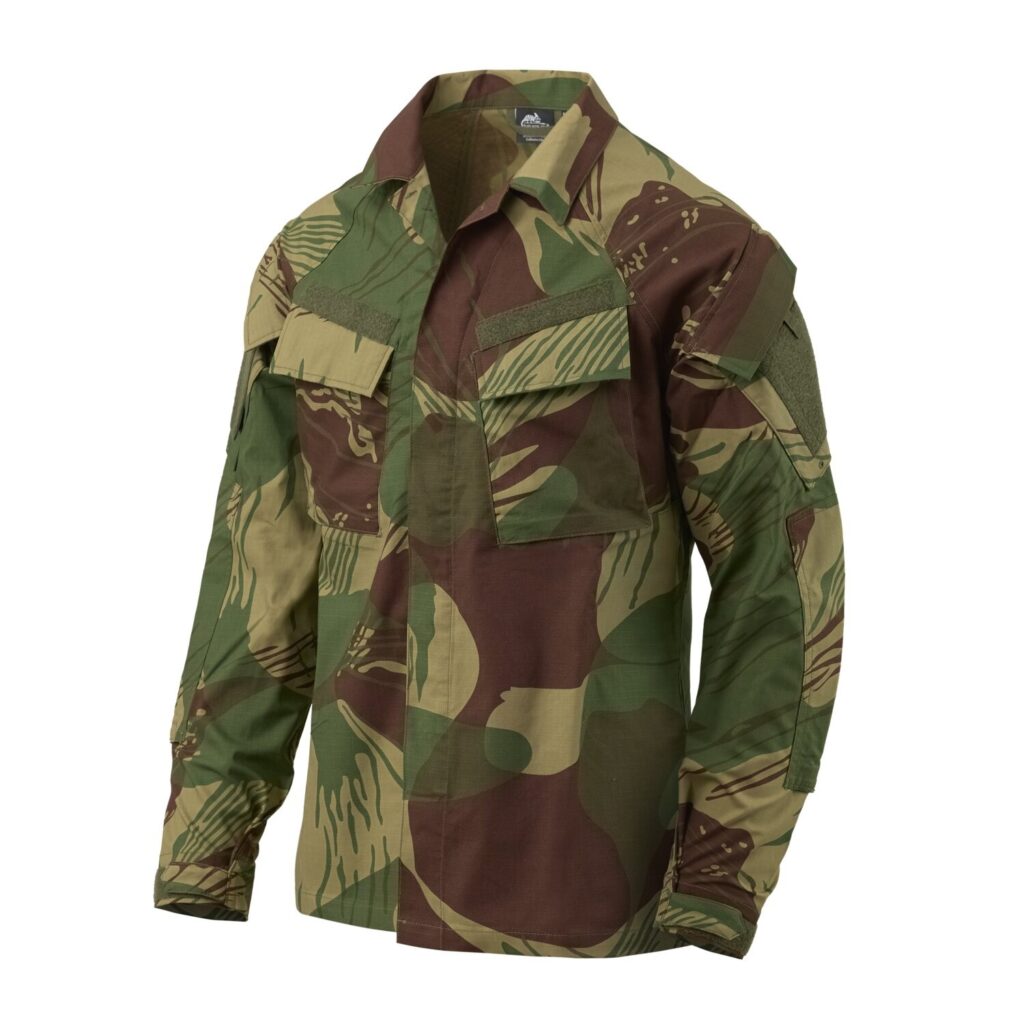
Tiger Stripe
Called Sọc Răn (striped uniform) by Eastern producers, it was dubbed Tiger Stripe by Western consultants because it resembled the coat of an Asian tiger.
The Tiger Stripe camouflage family emerged in Vietnam in the 1960s, based on the French Lizard camouflage. Over time, the striped pattern was adopted by U.S. Special Forces during the Vietnam War. More than 500 versions of this camouflage were created, with one gaining significant popularity thanks to the film industry – in the 1968 propaganda film The Green Berets, John Wayne and his men wore Tiger Stripe JWD (John Wayne Dense) uniforms.
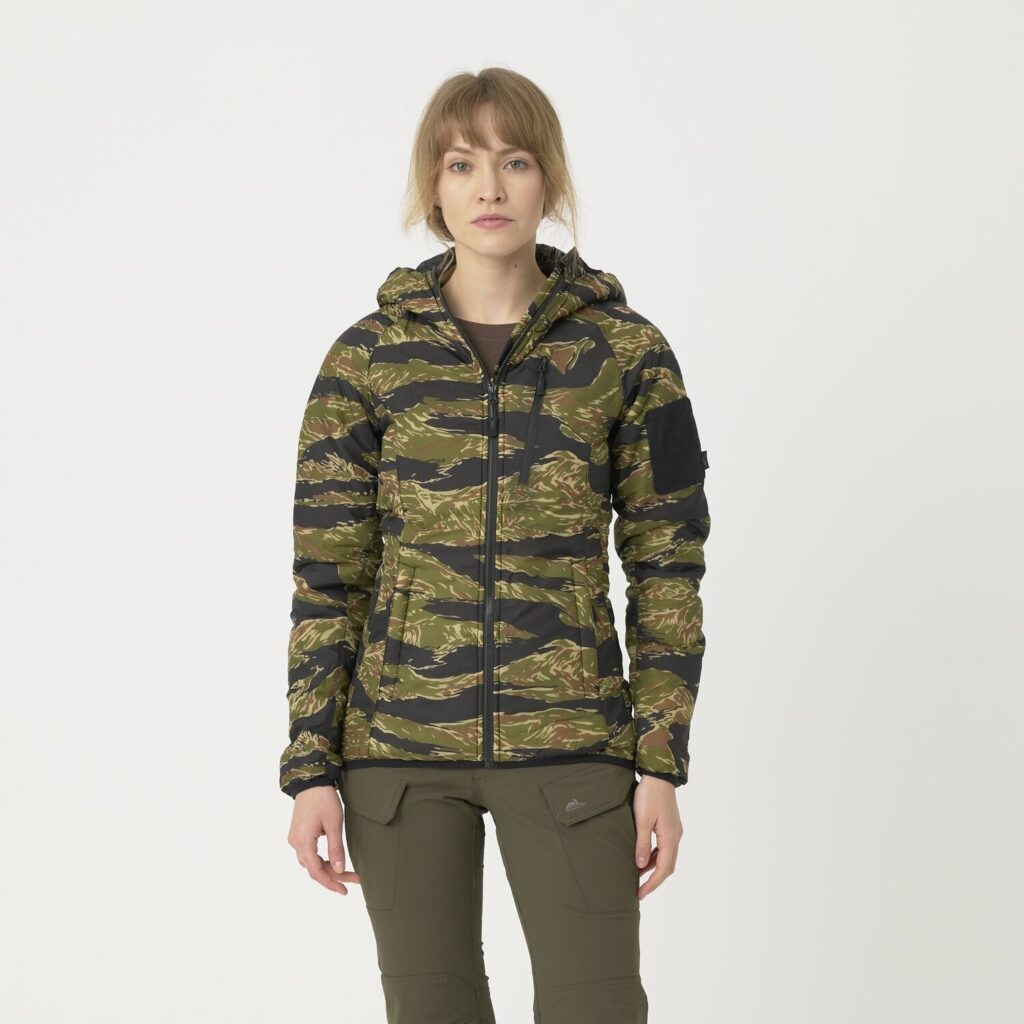
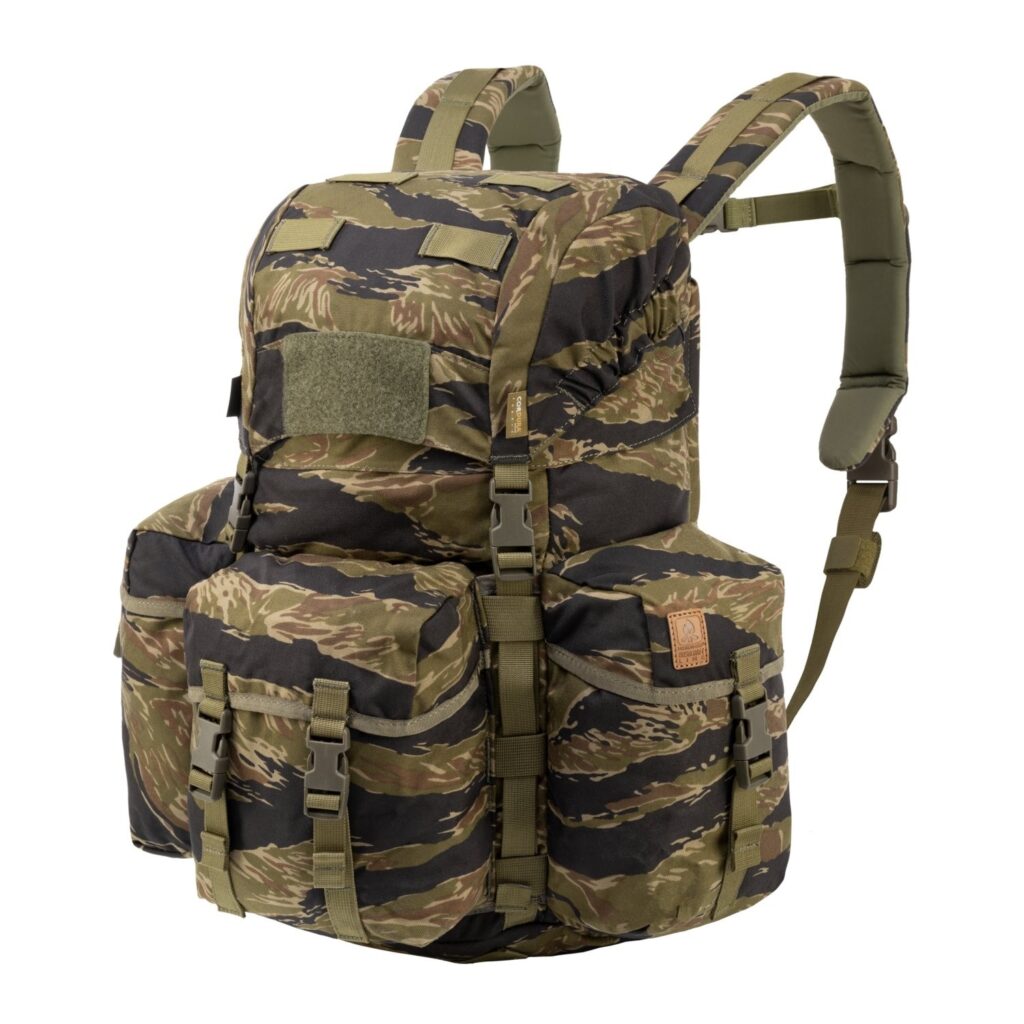
Desert Night Camo
During the First Gulf War, the U.S. Army used the Desert Night Camo military camouflage. It was designed to hide soldiers from enemy night vision devices using lines and spots that blurred the wearer’s image. Due to the advancement of night vision technology, the DNC camouflage fell out of use, but it remains popular among users due to its unique appearance.
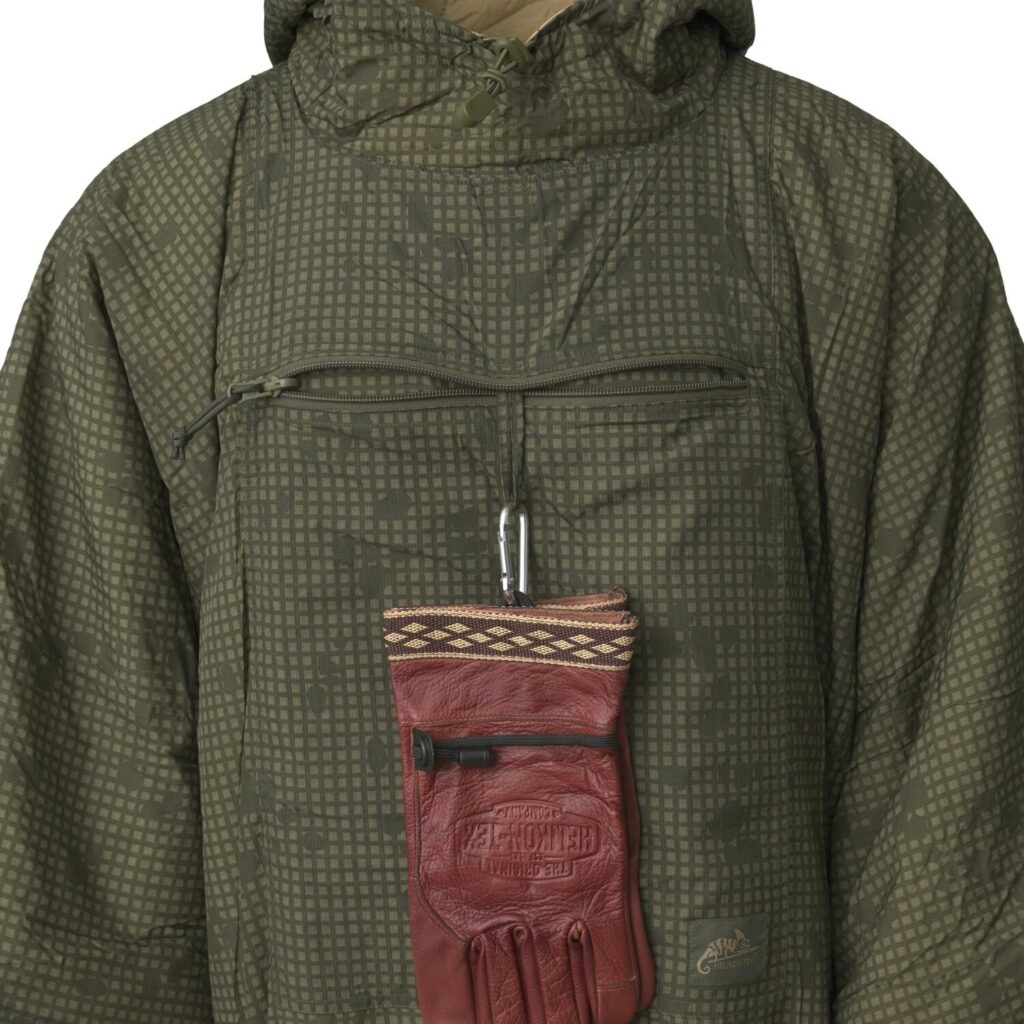
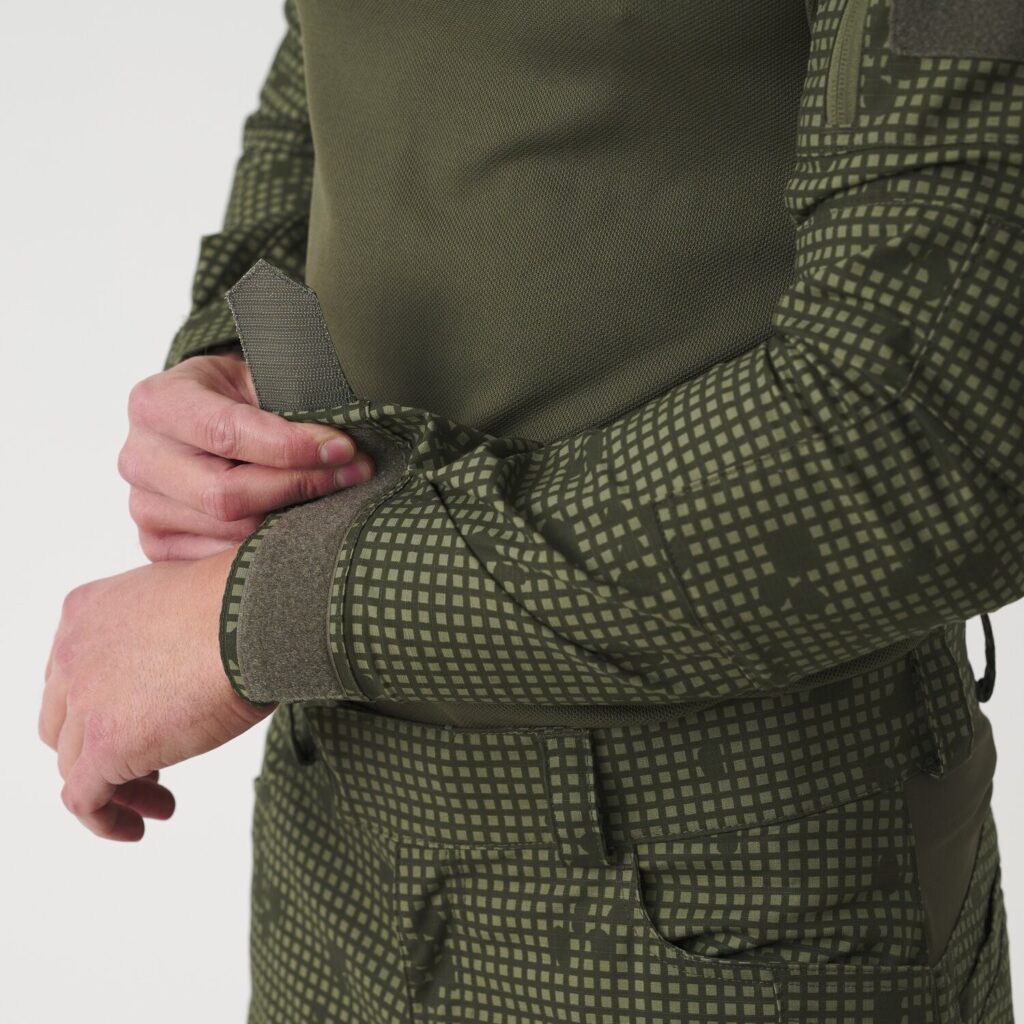
Wz. 93, or “Pantera”
In 1993, a combination of elements from the Woodland M81 pattern and Libyan camouflage resulted in the introduction of the Wz. 93, known as Pantera, to the Polish Army. For many, this pattern is synonymous with military camouflage, mainly due to sentiment, as the Wz. 93 has been used on official uniforms for over 30 years. This emotional connection led to it being called the “Holy WZ”.
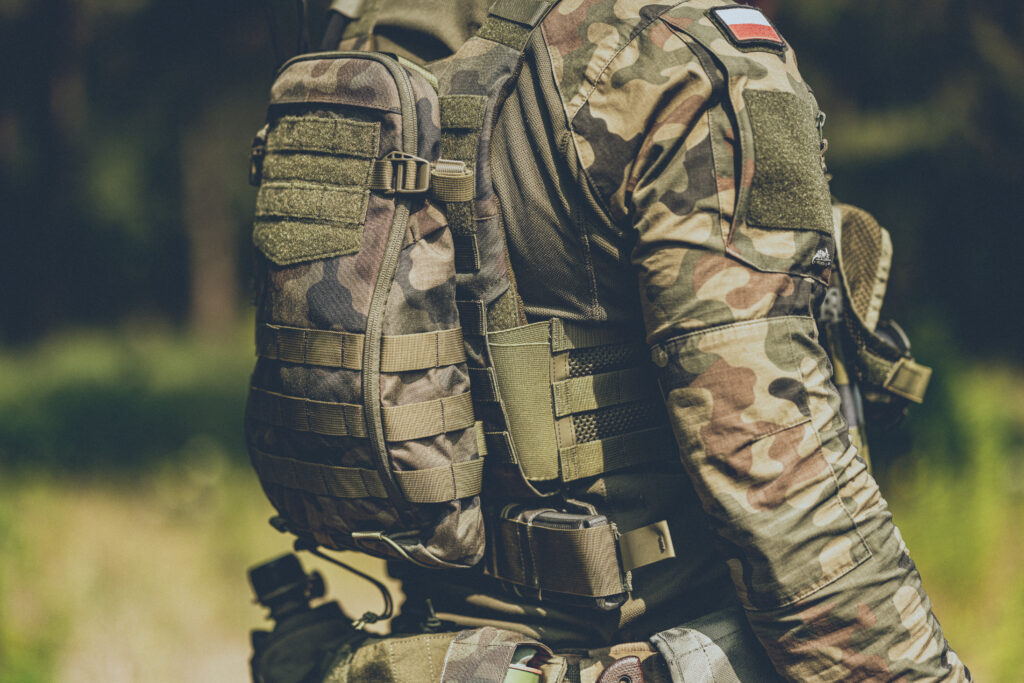
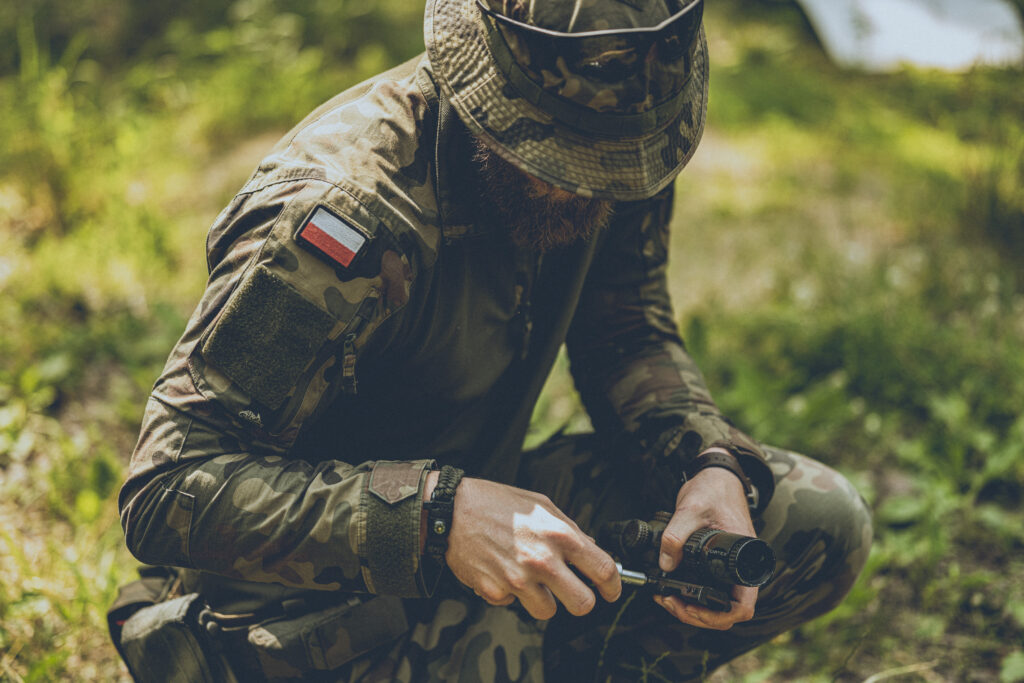
Duck Hunter
The roots of this pattern date back to 1942, when General Douglas MacArthur commissioned special jungle combat gear for the Marine Raiders of the U.S. Marine Corps. This included a camouflage uniform, and the pattern itself was named Frog Skin, appearing in a two-tone version.
After WWII, these uniforms were sold to the civilian market. That’s when the camouflage pattern caught the attention of hunters, and small companies began releasing their own variations of the Frog Skin pattern. Since the name was trademarked, a new one emerged – Duck Hunter. The pattern worked perfectly for duck hunting, which was very popular then.
During the Vietnam War, civilian uniforms featuring different versions of the Duck Hunter camouflage appeared. The Vietnamese named them Beo Gam, meaning leopard. The pattern was widely used until Tiger Stripe and ERDL camouflages were developed. It’s worth noting that Duck Hunter uniforms were used by SOG, Navy SEALs, and Green Berets.
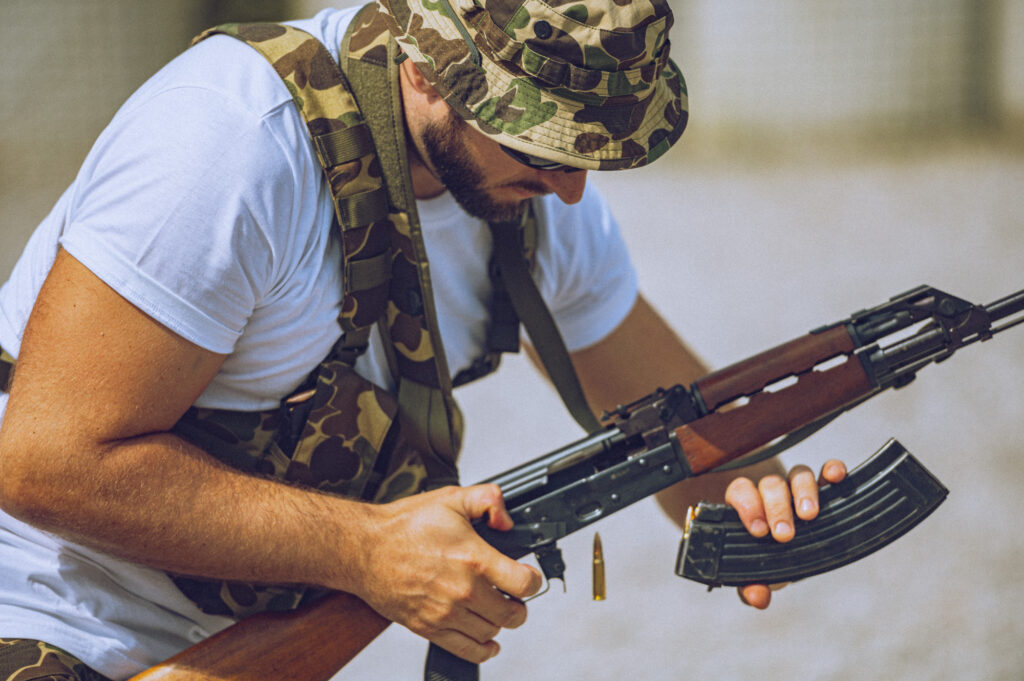
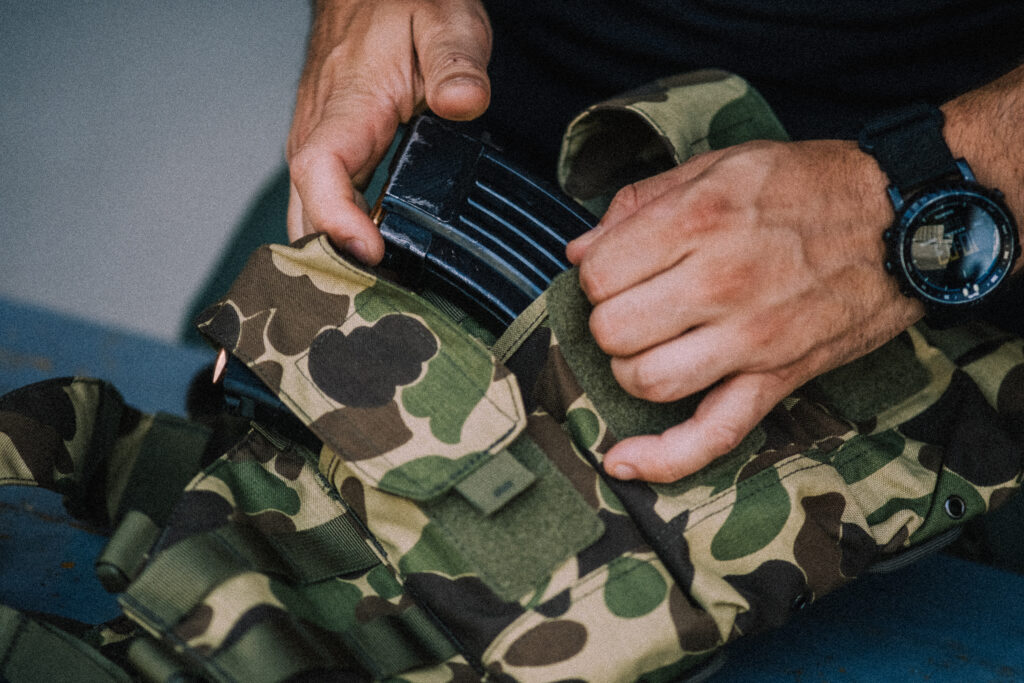
ERDL
ERDL was born in the Engineer Research & Development Laboratories of the U.S. Army in 1948. It was designed to provide effective concealment in dense tropical environments. It remained in the shadows for years until the Vietnam War, when it was finally issued to elite reconnaissance units. Later, it was adopted by the U.S. Air Force, Marine Corps, Navy, Army, and special forces from Australia and New Zealand.
Also known as the “Leaf Pattern”, ERDL combines four colors arranged in organic shapes. Its irregular patches, resembling leaves and branches, were designed to break up the silhouette in the dense vegetation of Southeast Asia. The “lowland” version – with its shades of green – was intended for jungle environments, while the “highland” variant with a lighter, sandy tone worked perfectly in mountainous and drier regions.
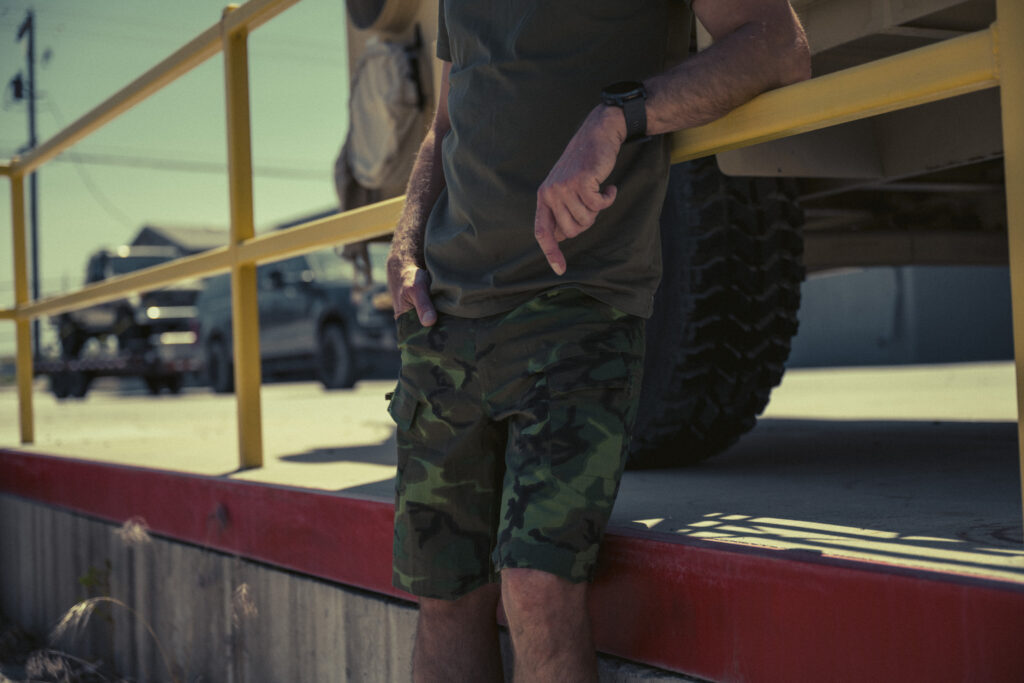
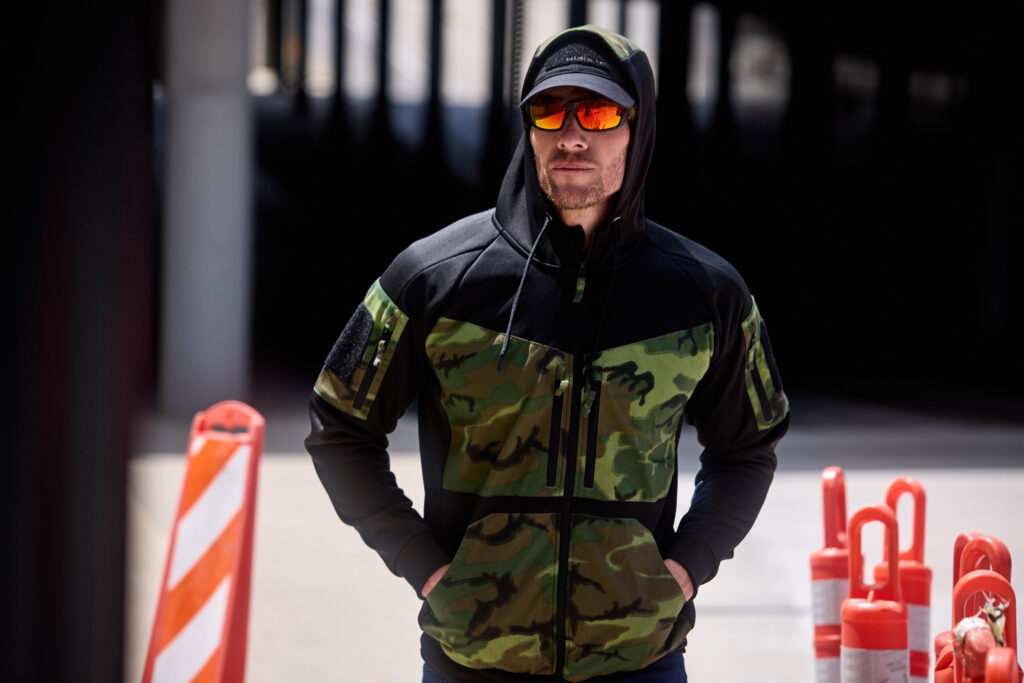
Never-ending story
The art of camouflage, initiated by scientists and painters, continues to evolve. There are thousands of patterns, and it would take a thick encyclopedia to describe them all. Camouflages are still inspired mainly by nature and the animal world, but new methods, such as computer-generated patterns, have emerged. Additionally, work is underway on active three-dimensional camouflages, and new technologies will likely be developed over time. It’s a good thing that today, anyone can wear camouflage without having to limit themselves to surplus military gear.



